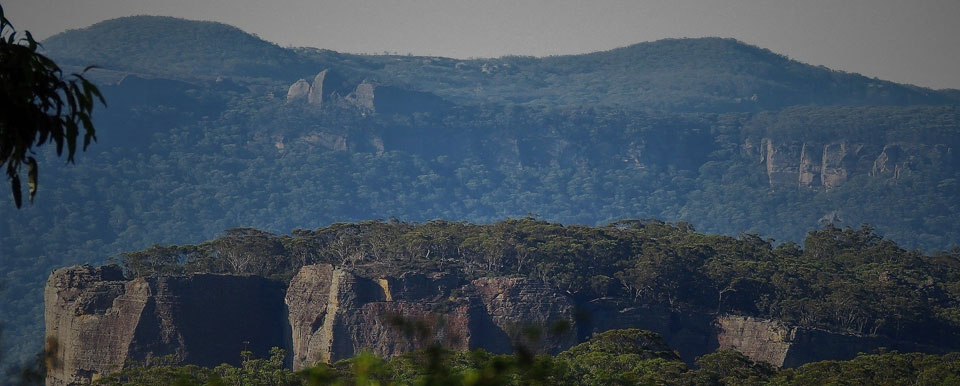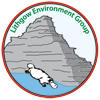
According to traditional Wiradjuri stories, it was in these waters that the creation story of the Biladurang (platypus) reaches its critical finale. The tale tells of a union between the little duck Gaygar and Bigun, the water rat. When Gaygar’s babies were born, they were unlike the other ducklings, having fur and four legs in addition to webbed feet and a duck-like bill. Gaygar and her strange hatchlings were banished and sent away from their home along the Narran Lakes. They journeyed along the river systems for many months until they reached the cold waters around Bathurst, where Gaygar decided it would be safe for her children to live and start their own tribe. From here, the Biladurang tribe spread into the regions connecting creeks and streams, before steadily moving further down into the Blue Mountains where the species is now well established.
This is why, in indigenous traditions, the platypus is found specifically along the eastern freshwater systems, and not inland. Additionally, the Lithgow platypuses feature in important European history too. It was in the Cox’s River in 1836 that Charles Darwin first sighted and described the platypus. This description of the strange and unique animal contributed to Darwin’s scientifically significant work, On The Origin Of Species, which is now considered the foundation of current evolutionary biology.
Yet despite its iconic status and cultural significance in Lithgow, this exceptional animal lacks any significant protection. Though protected as a native species under State and Federal legislation, the platypus warrants no specific management or conservation requirements and is essentially afforded the same consideration as abundant native species such as the magpie, eastern grey kangaroo, and kookaburra. This is primarily due to platypus being IUCN listed in the ‘of least concern’ category. While a number of studies have shown the platypus to be incredibly resilient to negative shifts in environmental quality, others have indicated dramatic impacts. The fact of the matter remains that we simply do not confidently know:
- How much is too much? That is, what environmental factors are platypuses sensitive to, and to what degree;
- How few is too few? That is, the minimum acceptable population abundance to maintain genetic diversity and species persistence in the event of a major limiting event, such as disease or acute habitat toxicity; and
- Location, location, location! That is, it may be that different factors are at play in different localities, and so protection for the species may need to be considered on a regional case-by-case basis.
As part of a year-long undergraduate research project, University of Western Sydney student Sara Judge has been working alongside Lithgow Environment Group to try and answer some of these questions.
The premise of the project is to begin building a preliminary assessment of how the various forms of extensive, long-term land-use between Wallerawang and Hartley may be impacting the local platypus population and the environmental resources upon which they depend: the benthic macro-invertebrate food source, the aquatic environment, and riparian integrity for burrow sites.
The project aims to compare data from a well-known, healthy platypus environment at Marrangaroo Creek with various points along the Cox’s River in an attempt to determine where the animals are established, and what the common environmental characteristics of those locations are. The project includes two other target species: the eastern water rat and a selection of water birds. All three species groups occupy a similar habitat profile and share the same IUCN listing as ‘of least concern’, providing some interesting grounds for comparison.
It is hoped that at the conclusion of the project, the findings will assist in the direction of future monitoring and study of the Lithgow platypuses over a longer-term, providing invaluable contribution towards their management and protection. The final report will be made publicly available on the LEG website at the conclusion of the study, along with images and footage from remote-sense wildlife cameras being used as part of the project.
Read the Undergraduate Report
Sara Judge's research report, assessing common freshwater species in the high-demand landscape of Lithgow, is now available. Note that this report has been compiled as part of an undergraduate field research project by University of Western Sydney student Sara Judge. Here's Sara's report.

